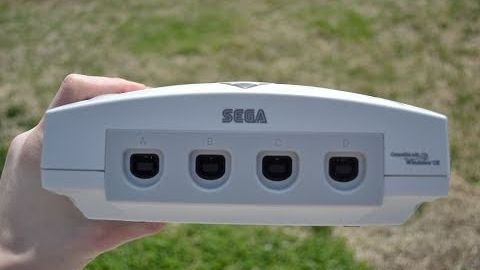
Subtitles & vocabulary
Video vocabulary
find
US /faɪnd/
・
UK /faɪnd/
- Transitive Verb
- To become aware of something that is happening
- To discover or meet by chance
- Noun (Countable/Uncountable)
- Object discovered by chance
- Things that have been discovered from searching
A1
More play
US /pleɪ/
・
UK /pleɪ/
- Verb (Transitive/Intransitive)
- To act as a character in a movie, or on stage
- To perform music on an instrument
- Noun (Countable/Uncountable)
- Loose, free movement between two objects
- Single action in a sports game
A1
More time
US /taɪm/
・
UK /taɪm/
- Uncountable Noun
- Speed at which music is played; tempo
- Point as shown on a clock, e.g. 3 p.m
- Transitive Verb
- To check speed at which music is performed
- To choose a specific moment to do something
A1TOEIC
More small
US /smɔl/
・
UK /smɔ:l/
- Adjective
- Little in size; not big
- (Of letters) not written in capital letters
A1TOEIC
More Use Energy
Unlock All Vocabulary
Unlock pronunciation, explanations, and filters
